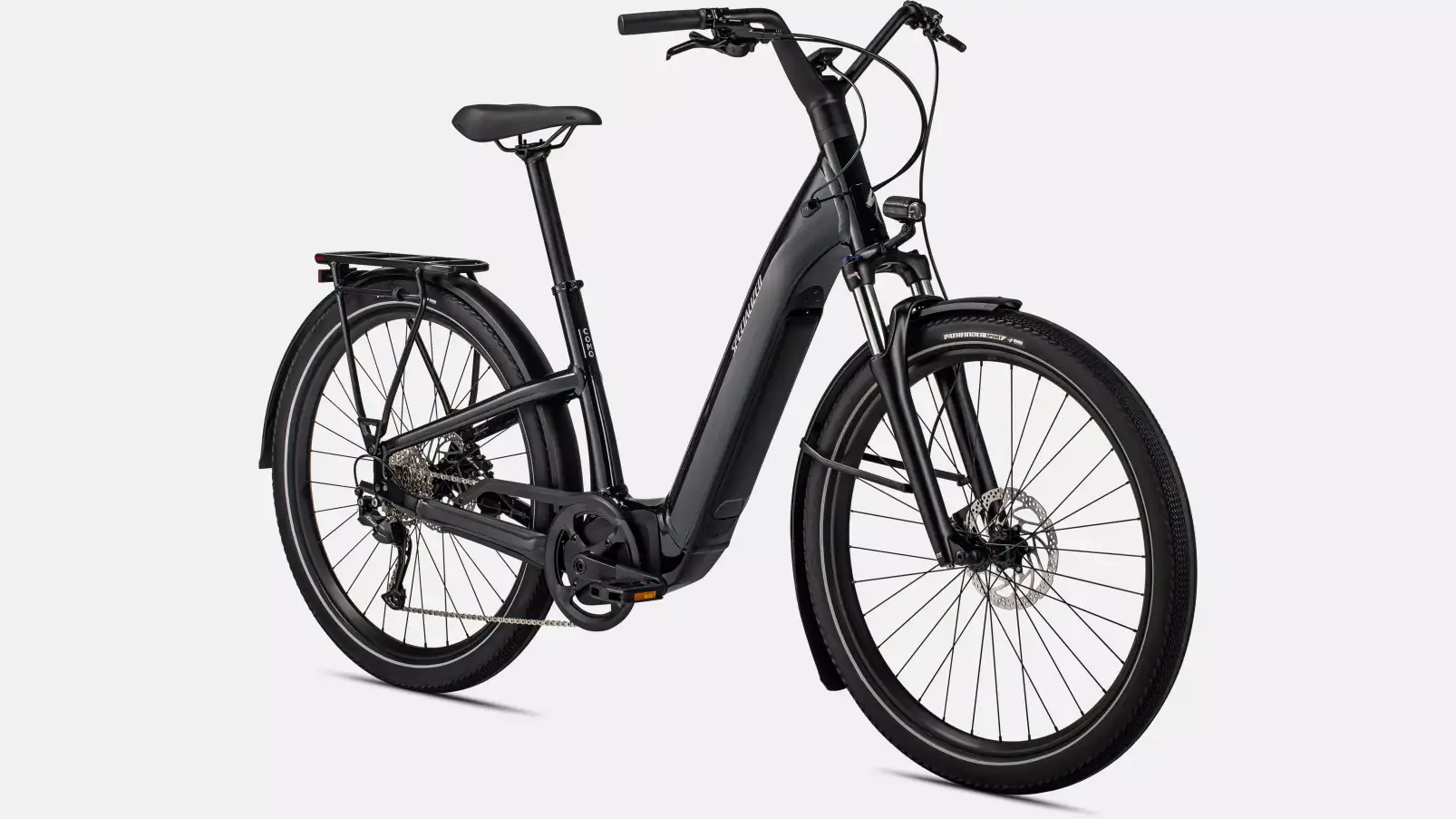
The e-bike that reads your mind, Ena:
Working together Southampton University, Monash University and IBM have developed an e-bike which uses EEG (electroencephalogram) to regulate motor assistance to the rider, by recording and reacting to the cyclist’s changes between central vision and peripheral vision.
‘Ena’ is an EEG-electric bike prototype system that detects electrical activity in the brain to record when the cyclist’s brain is in a state of peripheral awareness, with changes to the field of view being linked to the quality of human performance.
The motor’s controller receives EEG signals with Bluetooth, which regulates motor assistance to the rider’s own performance. The system is designed to work with the cyclist’s input to improve their coordination and interaction with the road, and what is around them.
Ena was then used in a study of 20 expert cyclists, with the system offering assistance from the motor only when the rider was in a state of peripheral awareness.
The researchers were working on improving what they term as the ‘instinctive narrowing of vision that occurs as a threat is perceived’ and where this natural reaction works against the cyclist’s safe navigation of their surroundings, perhaps at junctions or crossroads, where peripheral vision is important for safety.
Research in the field of HCI (Human-Computer-Integration) is carried out to better understand how people function, physiologically and neurologically, and in turn how computers can aid and improve natural performance.
For safety, motor assistance was cut off if the cyclist braked, regardless of EEG signals, and with Ena offering aid gradually at other times.
One participant, talking about the e-bike cutting off motor assistance as narrowed vision indicated a threat (but before the rider could reach the brakes), said: “There’s a small moment of panic where you realise, ‘Hey, I need to quickly find a way to avoid this incoming hazard [referring to other bikes, pedestrian or vehicles that may obstruct the way if they continue ahead]’, that is when the bike slows down and it gives you time to think”.
The researchers in this study say that prior work in the field had not extended to peripheral awareness as a neurological state to support exertion, adding: “ENA suggests that our work facilitates a safe and enjoyable human-computer integration experience.”





